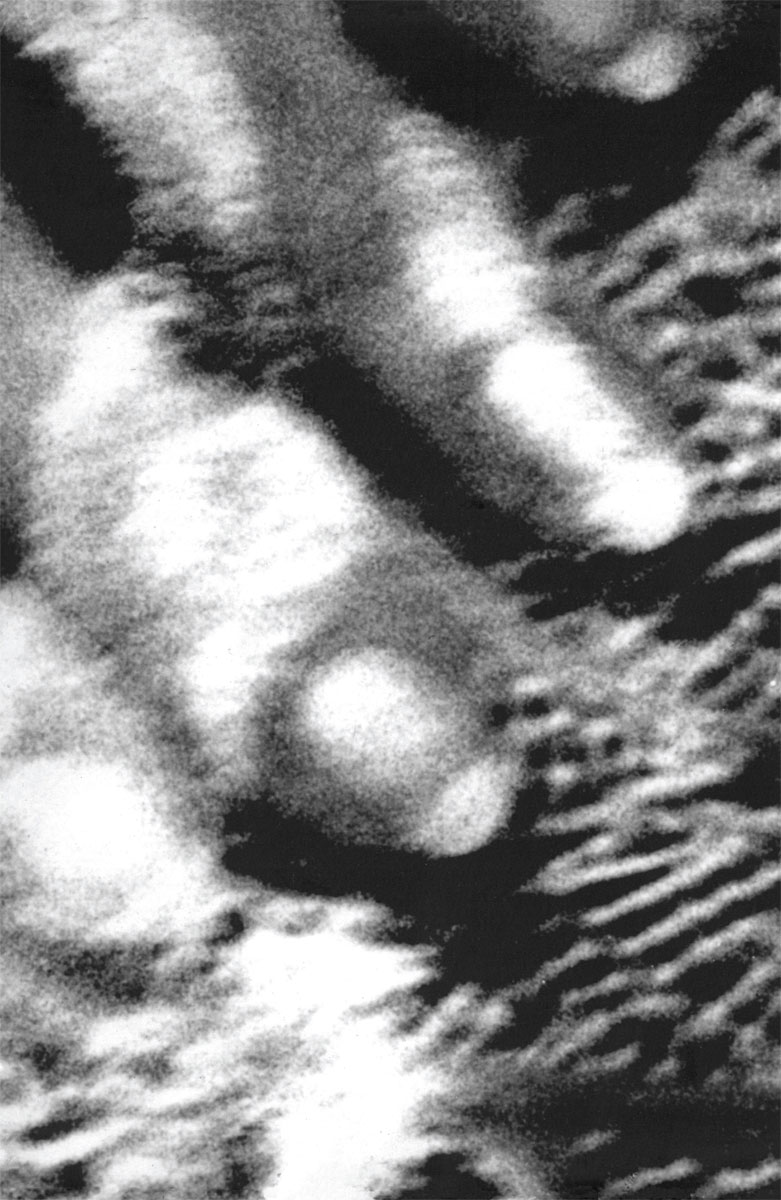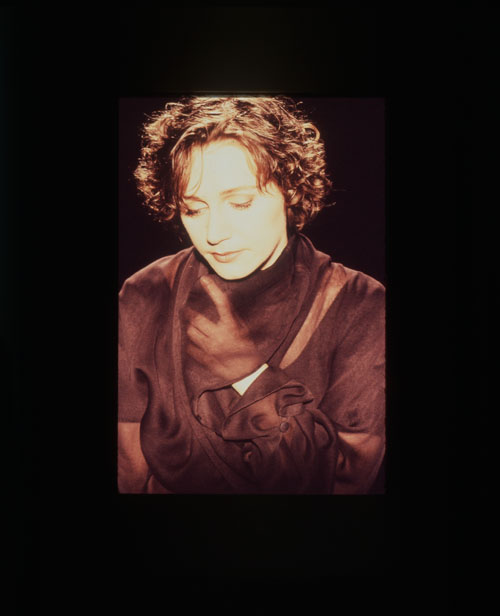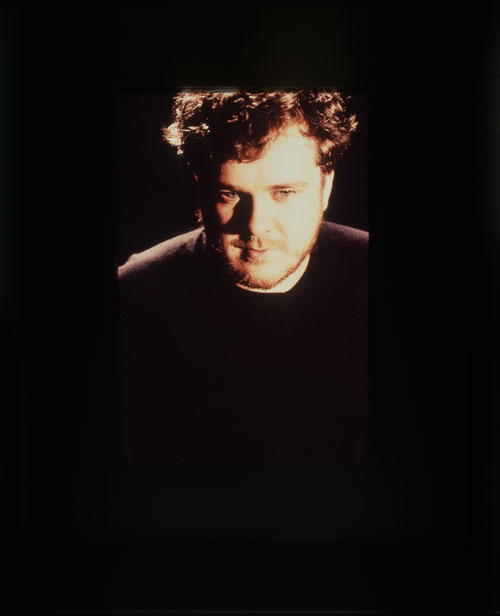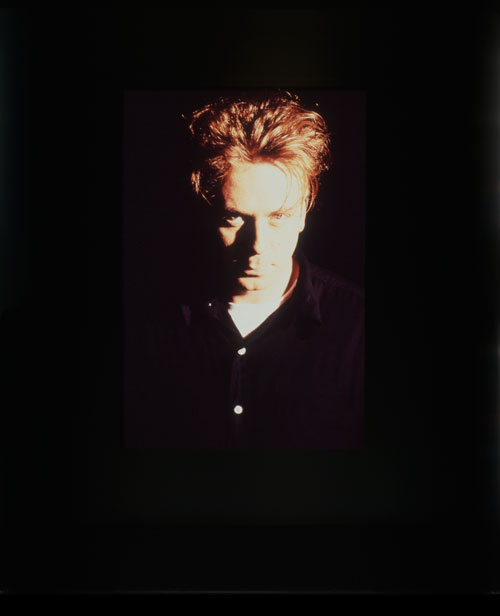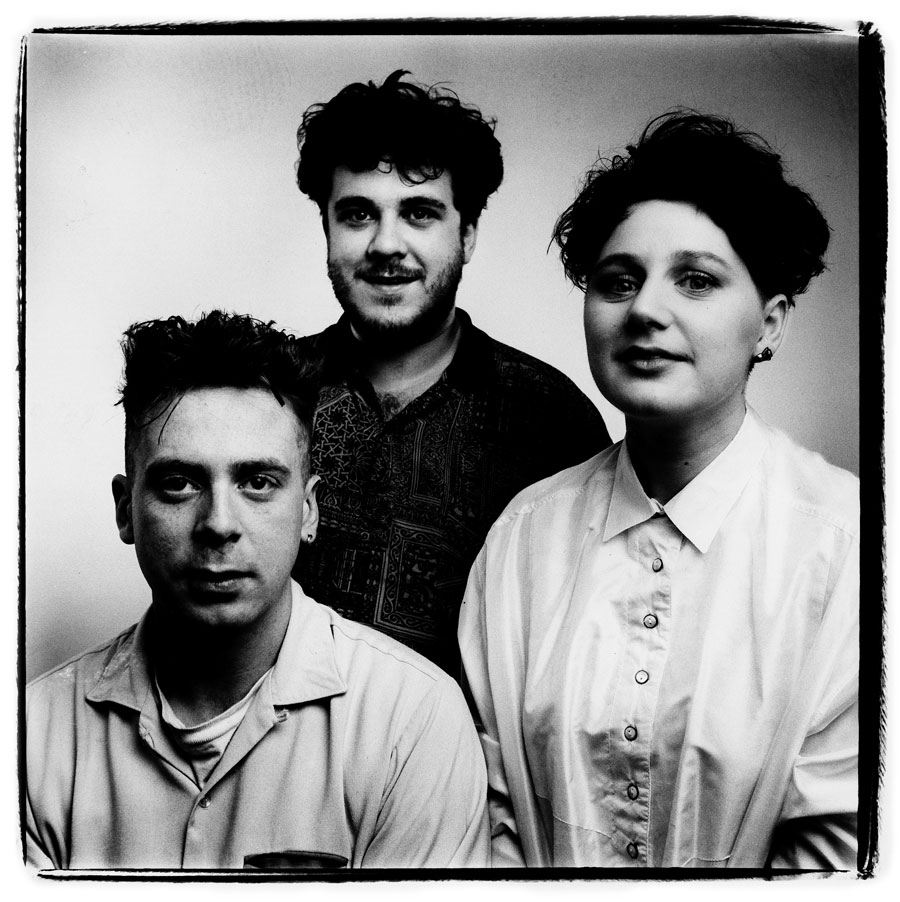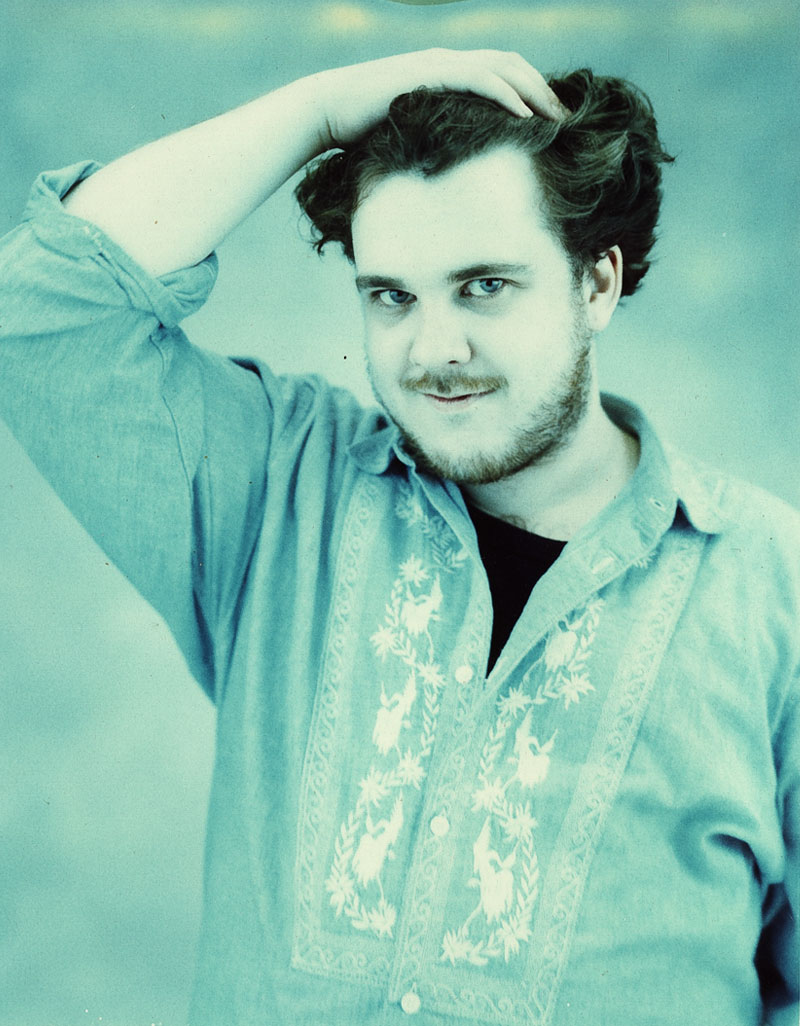Befitting the closeness of their relationship, both band and label were experiencing shifts at the same time, not so much changing their identity as refining it and adapting to the times. Three years earlier, the Cocteaus had been at the receiving end of adulation and Top 30 chart entries after the release of their third album Treasure, which was soon followed by their first US release, the compilation The Pink Opaque. It was 4AD's first US licensing deal too, and with stronger ties Stateside, in 1986 the label had signed its first US band, Throwing Muses. The East Coast band happened to be pals with a neighbouring bunch, named Pixies, who weren't only to accelerate 4AD's fortunes but all of independent music culture on both sides of the Atlantic.
As Pixies' 4AD debut Come On Pilgrim appeared in 1987, Cocteau Twins singer Elizabeth Fraser, guitarist Robin Guthrie and bassist Simon Raymonde were taking time off; that year, they only released one track ('Crushed' for 4AD's first label compilation Lonely Is An Eyesore). Seeking greater independence, the band had the funds to build their first home studio, a 24-track operation housed in a warehouse in West London, by all accounts a grotty run-down building but a huge step up for their operations. "Any money we got, we spent on equipment, never on ourselves, so we could make better records," recalls bassist Simon Raymonde.
